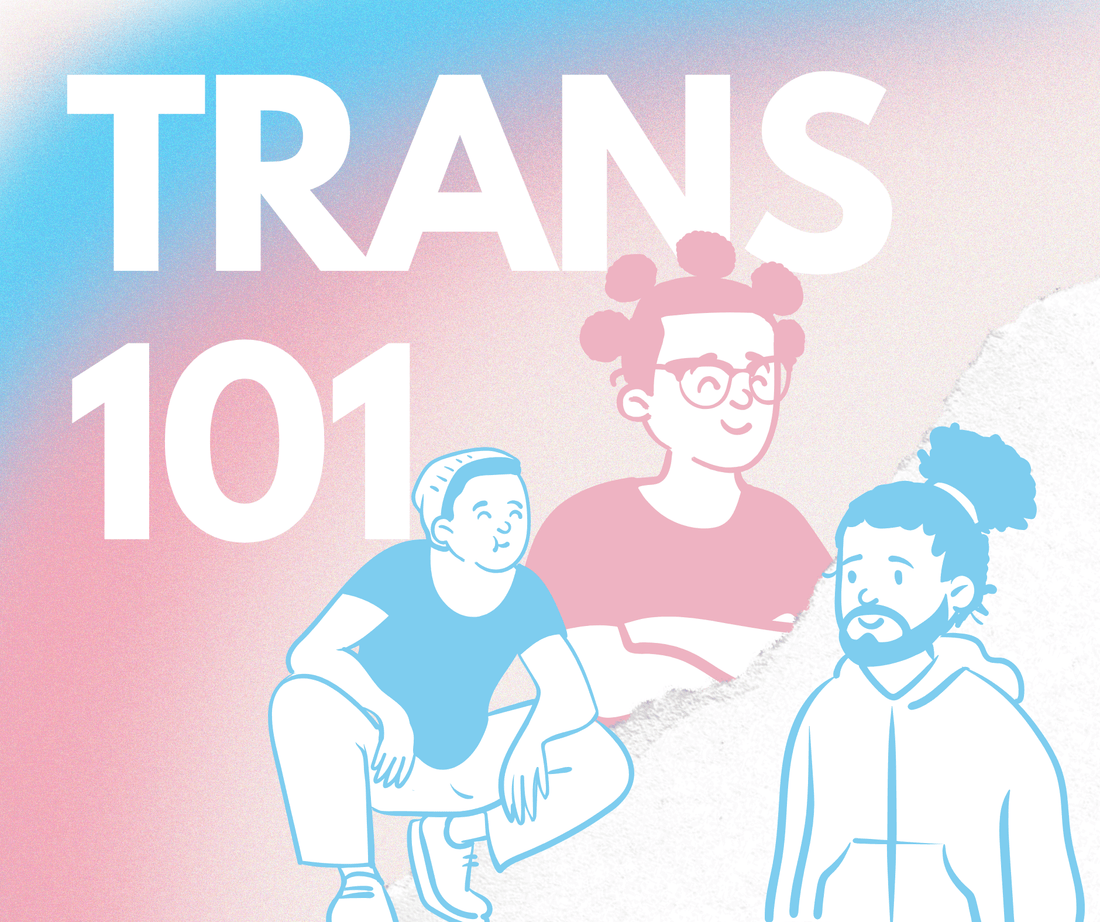A simple, respectful introduction to understanding transgender identity — and how to show up better for the community.
Whether you're exploring your own gender or looking to support someone else on their journey, you’ve come to the right place. At FLAVNT, we’ve always believed in making space for people to grow, learn, and exist as their full selves — without judgment, gatekeeping, or perfection.
This guide is a starting point — not the whole story. But it’ll give you a strong foundation for understanding what it means to be transgender, why language matters, and how you can show up with compassion and respect.

What Does “Transgender” Mean?
At its core, being transgender means a person’s gender identity — how they understand and experience their gender — doesn’t align with the sex they were assigned at birth.
-
A person assigned male at birth (AMAB) may identify as a woman — or as nonbinary, genderfluid, etc.
-
A person assigned female at birth (AFAB) may identify as a man — or something beyond the binary.
Cisgender (or “cis”) people are those whose gender identity does align with their assigned sex at birth.
Important note: Transgender identity has nothing to do with sexual orientation. A trans person can be straight, gay, bi, ace, pan — anything!
Gender Identity vs. Gender Expression
-
Gender identity is internal — how you feel and define yourself.
-
Gender expression is external — how you present through clothes, voice, hair, etc.
Some trans people express their gender in ways that align with traditional norms. Others don't. There’s no one right way to “look trans.”
Transitioning: There’s No One Path
Not every trans person transitions. And those who do may not do it the same way.
Types of transitioning may include:
-
Social transition: Changing name, pronouns, clothing, etc.
-
Medical transition: Accessing HRT (hormone replacement therapy), top or bottom surgery, voice training, etc.
-
Legal transition: Updating IDs, name change, gender markers
Each journey is valid. Each person gets to define their own steps.
How to Be a Better Ally
Being a good ally is about respect, action, and consistency. Here’s how to start:
-
Use correct names and pronouns — even when someone isn’t around.
-
Don’t ask invasive questions (about surgeries, genitals, birth names, etc.).
-
Uplift trans voices, don’t speak over them.
-
Correct others gently but firmly when they misgender or spread misinformation.
-
Educate yourself — don’t make trans people do all the labor for you.
Pro tip: If you mess up (and we all do), apologize briefly, correct yourself, and move on. No guilt trip needed.
For People Who Are Questioning
If you're reading this and thinking, Wait — this might be me, that’s valid.
Exploring your gender doesn't require a label right away. Some questions to sit with:
-
How do I feel when people refer to me with certain pronouns?
-
What kinds of clothes or names feel most like me?
-
When have I felt most comfortable or affirmed in my body?
It’s okay to be unsure. It’s okay to change. It’s okay to be fluid. You are allowed to explore, evolve, and exist without having all the answers.
Resources like queer blogs, them.us, and trans creators on TikTok/Instagram can help you find language and community.
Common Myths — Debunked
❌ Being trans is a trend.
✅ Trans people have existed across all cultures and time periods — from Two-Spirit Indigenous folks to hijra communities in South Asia.
❌ Kids are too young to know.
✅ Most kids have a sense of their gender identity by age 3. Support matters.
❌ You have to get surgery to be trans.
✅ False. Trans identity isn't defined by procedures — it’s about who you are.
Why This Matters
Trans people — especially trans youth and trans people of color — are facing record levels of discrimination, violence, and political attacks. Supporting trans folks isn’t just kind — it’s necessary.
Clothing brands, workplaces, schools, and social circles all have a role to play. That’s why at FLAVNT, we:
-
Center queer and trans voices in our brand storytelling
-
Design gender-affirming binders that prioritize safety and accessibility
-
Donate to queer organizations doing work in our community
-
Refuse to rainbow-wash our brand once a year and call it activism
Final Thought: Trans People Deserve to Exist
Not to “pass.” Not to explain. Not to be palatable. Just to be.
Whether you’re exploring your identity or learning how to show up for someone else, thank you for being here. Keep asking questions, listening more than you speak, and centering joy over judgment.

